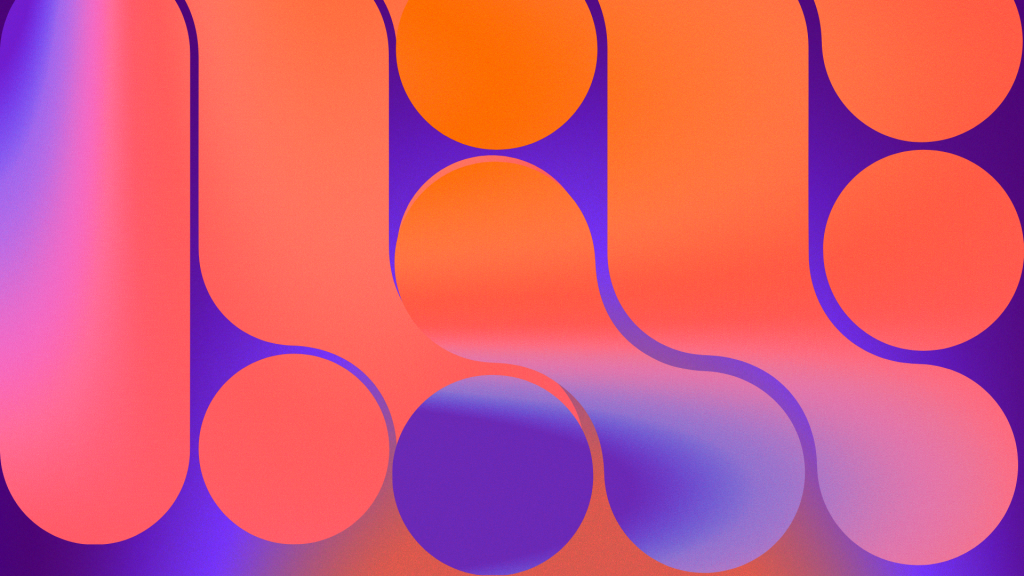S+T+ARTS in the City | Artists-in-Residence
Stanza | Entangled Cities
+ About Entangled Cities
The project explores the future of cities governed by algorithms, creating data-driven co-creation systems that act as an autonomous “consciousness,” monitoring the invisible city in real time and generating new artworks through data visualisation.
Entangled Cities addresses the relationship between AI and the city, seeking to make visible the hidden interactions between humans and non-human agents. Will the cities of the future be governed by algorithms? Can we make a city that learns by itself (self-governing): makes its own decisions based on open data? These new artworks create speculative scenarios that address how AI will manifest its own desires through machine learning patterns, producing artworks that act as metaphors for an invisible agency in the city. The AI will facilitate the communication of a plethora of data through the artworks ranging from the quality of air, social relations, sentient data, mobility and network data.
Entangled Cities reveals the vibrant heart of Milan, exemplifying a project that merges art, technology, and urban life. It demonstrates how data visualization and neural networks can offer new perspectives and untold stories, shedding light on the city’s hidden dynamics and unveiling its invisible layers. With the support of local institutions, Stanza has been able to explore and connect with the city’s essence through its data.
+ Artist

Stanza is an independent artist based in London who has been exhibiting worldwide since 1982. Stanza focuses on the landscape of the city monitored by networked real-time information flows, and the artworks created reflect this. The technologies incorporated in his digital artworks can include custom-made sensors, networked cameras, robotics, and computers. What becomes real are the art installations, sculptures, websites, software systems, and paintings Stanza exhibits. Stanza’s artworks have won twenty international art prizes and art awards including Vidalife 6.0 First Prize Spain, SeNef Grand Prix Korea, Videobrasil First Prize Brazil, Cynet Art First Prize Germany, Share First Prize Winner Italy. His art has also been rewarded with a prestigious STARTS Residency, Nesta Dreamtime Award, an Arts Humanities Creative Fellowship, a Clarks bursary, and numerous international arts residencies.
+ Video Statement
+ Credits
The development of the main prototype for Entangled Cities involved creating a database and custom API with integrated neural network machine learning capabilities. This setup allows a series of artworks to draw from real-time AI data from Milan, with the AI continuously generating new patterns of information. To access real-time data, the artist was supported by the Data Team from Regione Lombardia – ARIA. Additionally, the artist received support from LEG members and researchers from the JRC in Ispra.
This project has been developed in the context of the S+T+ARTS in the City project. S+T+ARTS in the City has received funding from the European Commission’s Directorate-General for Communications Networks, Content and Technology under grant agreement No. LC-01984766.
S+T+ARTS in the City is funded by the European Union under grant agreement LC-01984766 under the STARTS – Science, Technology and Arts initiative of DG CNECT. Views and opinions expressed are those of the author(s) only and do not necessarily reflect those of the European Union or DG CNECT. Neither the European Union nor the granting authority can be held responsible for them.












